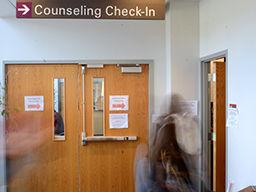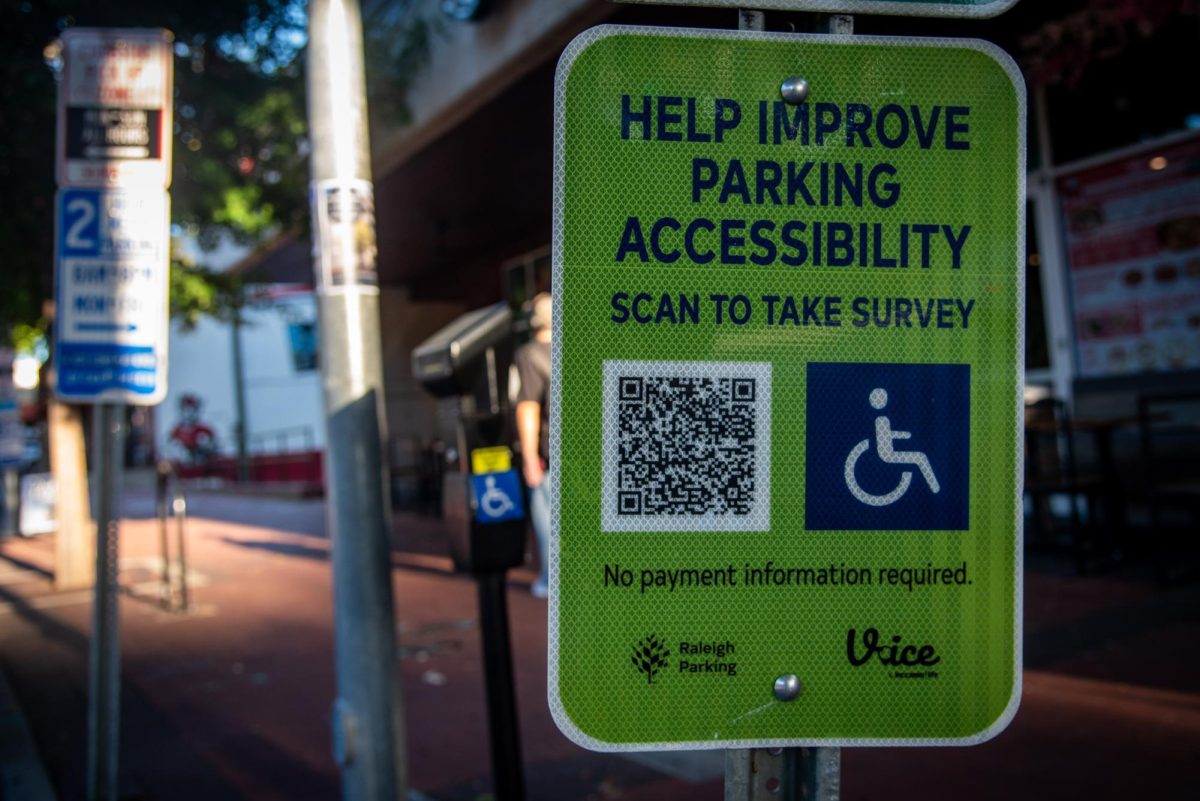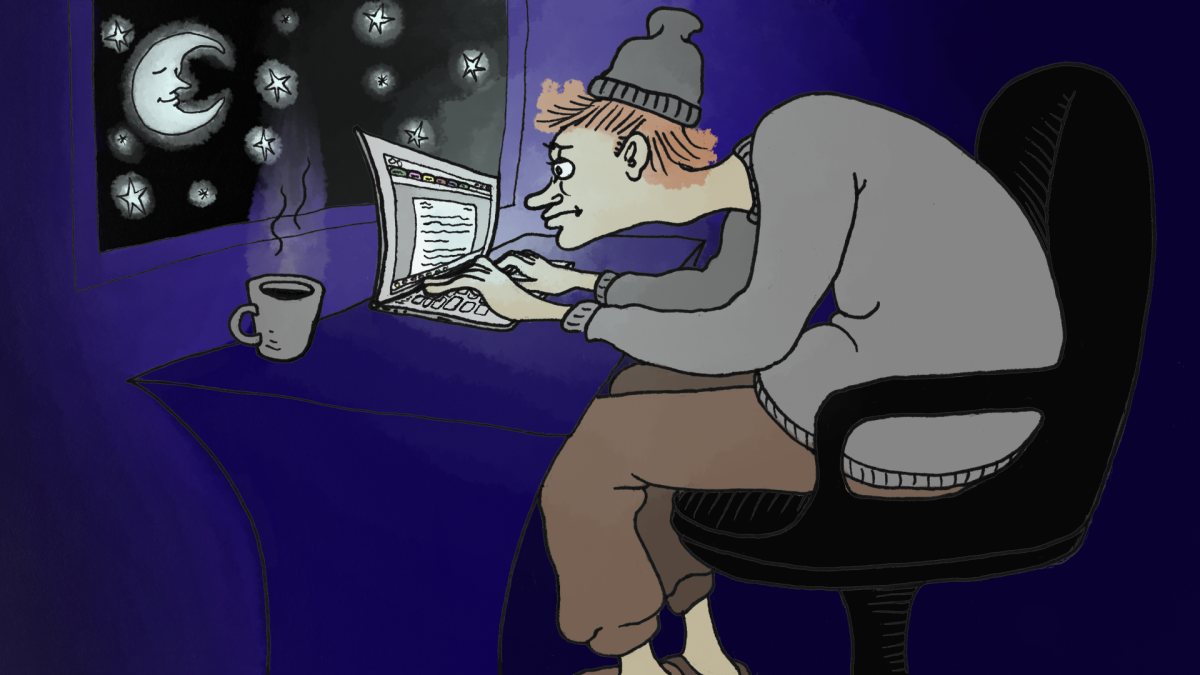The number of students coming in to the Counseling Center this year has risen 31 percent since last year, while the number of appointments increased 36 percent, according to Monica Osburn, the director of Counseling Services at NC State.
Osburn said she compared August and September of 2013 to August and September of 2014 and noticed the unusual increase in the number of students utilizing services at the Counseling Center.
According to Osburn, the increased traffic can be attributed to many things, including the center’s programs and efforts to educate students about the services it offers.
“This was the first year that we did presentations to incoming freshmen during orientation, and we also did presentations to the parents during orientation,” Osburn said.
Osburn said there are programs around campus that promote awareness of the Counseling Center. These programs discuss topics such as time management and suicide prevention, which may have led to more students deciding to utilize the services.
The Stop the Stigma campaign has also played a part in the increase in the number of students making appointments with the center, Osburn said.
The Stop the Stigma campaign was developed with the help of the Parents’ Fund, a fundraising program that allows parents to financially support programs and services within Student Affairs, with the goal of raising awareness of mental health issues and informing students of the resources available to them.
Ashley Hicks, a freshman in engineering, said she learned about the Counseling Center from this campaign.
“They did stuff about that in the orientation meetings,” Hicks said.
However, some students don’t know much about the Counseling Center.
Joy Alcantara, a freshman in psychology, said she doesn’t remember a presentation at orientation. However, she says she remembers a presentation made by the Counseling Center in her Introduction to Humanities and Social Sciences class.
In addition to the increase in its marketing, the surge in Counseling Center traffic can also be attributed to the fact that stress and mental illnesses are on the rise among college students, according to Osburn.
“If you look at data from a national perspective, there is a trend toward increasing amounts of stress and mental health issues in college students, so that’s part of it as well,” Osburn said.
“We’re having more students with these issues, but we think we’re doing a much better job of getting the word out for resources and students are more open than that.”
Osburn said the Counseling Center made a change this year that allows students to come to the center without making an appointment.
“We don’t just have people make appointments anymore because oftentimes they would make appointments and we wouldn’t be able to get an appointment for a week or two, and that could be way too long, and they really need to see somebody,” Osburn said. “So what you do is literally just walk into the Counseling Center now, between 9 a.m. and 3 p.m., and you fill out a little bit of paper work, and somebody sees you immediately.”
There is no limit to what a student needs to talk about, according to Osburn. A student can seek assistance for any problem he or she may be facing, be it stress management or thoughts of suicide.
“You can come and talk to somebody about anything,” Osburn said.
Seventy-five percent of lifetime cases of mental health conditions begin by age 24, and one in four people aged 18 to 24 have a diagnosable mental illness, according to the National Alliance on Mental Health.
Students cited depression and anxiety as among the top obstacles to academic success, according to an American College Health Association report released in 2011.





